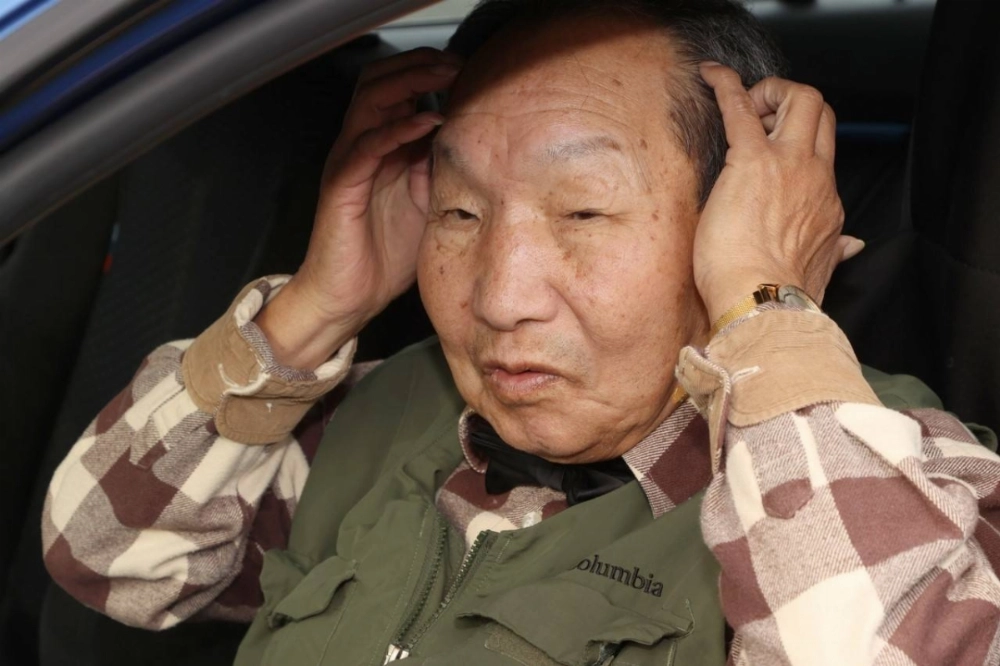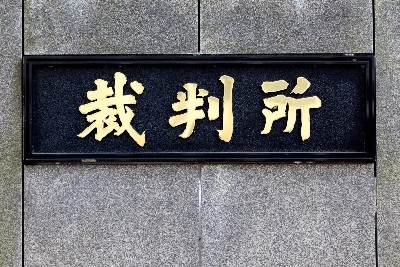It took nearly 44 years for Iwao Hakamata, who was found guilty over a 1966 murder case, and his defense team to get a ruling for a retrial over a death penalty verdict finalized in 1980 — the only way for a convicted individual to be exonerated.
During the course of those years, more than 600 pieces of evidence were disclosed by prosecutors during court proceedings, some of which were crucial and ultimately led the court to grant him a retrial.
But even after the Shizuoka District Court ordered a retrial for the case in 2014 — which allowed Hakamata to be freed for the first time in nearly 50 years — it took an astonishing 9½ years for it to actually happen.




















With your current subscription plan you can comment on stories. However, before writing your first comment, please create a display name in the Profile section of your subscriber account page.